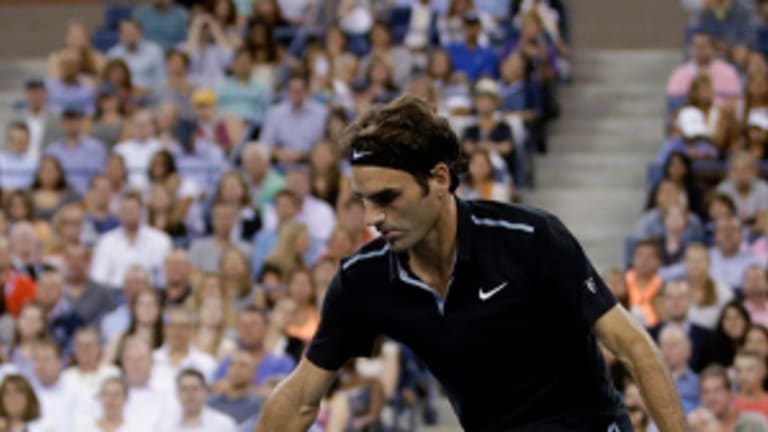Roche, an Australian, was a six-time Grand Slam singles finalist. After he retired from the tour, this humble, tennis-loving owner of perhaps the best volley in the sport was more than happy to spend his time in the game’s trenches. True, he worked with Ivan Lendl and Pat Rafter, but the idea of a champion coaching a champion really became a theme when he hooked up with Federer (they worked together from 2005 to 2007).
The next into the breach was Connors, who coached Andy Roddick for 19 months starting in July 2006 with so-so results; he then took another crack at the job with Maria Sharapova in 2013. That one didn’t work out so well; Connors was gone after one match during which cameras caught him grimacing and scowling as he watched Sharapova spraying balls all over the court. The farcical incident might have killed the budding champion-coaching movement in its tracks had Connors’ client been a male star.
Most of the rest you know. Lendl so empathized with the frustrations of Andy Murray that he signed to (successfully) transform the Scot into a Grand Slam champ. Lendl and Murray took the champion-coach movement to another level. Their success, as well as the obvious satisfaction both men took from their harmonious relationship, advanced the trend.
Suddenly, everyone was parroting a familiar refrain: There’s a level of knowledge and a kind of intelligence that only a former champion can bring to an aspiring one. And just as important, at the other end of the consumer-provider spectrum, all of those former champs—the Edbergs, Beckers and Changs—were beginning to think that they truly might have something unique to offer.
Just as important, they saw that they weren’t going to be asked to carry anyone’s racquet bag, or to run out to fetch a pizza. It was tacitly agreed that the job description for a champion-coach was different from that of the more conventional kind.
So let’s look at the men’s semifinals, paying heed to what the champion coaches have brought to each man’s table:
This one has “blowout” written all over it, but keep in mind that their head-to-head record is 1-1, and Nishikori won his match on hard courts (semifinals of Basel, 2011). Djokovic is playing great tennis—even crafty Murray was unable to get more than a set off him, and that was better than any of Djokovic’s previous opponents. Meanwhile Nishikori, the 5’10”, 150-pound underdog, has been winning matches but taking terrible punishment. His last two wins, against No. 5 seed Milos Raonic and No. 3 seed Stan Wawrinka, were grim, five-set wars of attrition. Does anyone else see Chang written all over these David-slays-Goliath scenarios?
But remember, Nishikori has made a living surpassing expectations with an easily underestimated game based on a combination of his quickness and ability to find angles. It’s unlikely that he’ll outlast Djokovic, who will be fresher, and who knows a thing or two about knock-down, drag-out matches—and who simply has more tools. Becker was brought into the Djokovic camp to help him face and master those critical moments when a Grand Slam championship may depend on one or two swings of the racquet. Tough as Nishikori is, it’s difficult to imagine Becker’s unique perspective will be needed in this one.
Nick Bollettieri's Thoughts:

